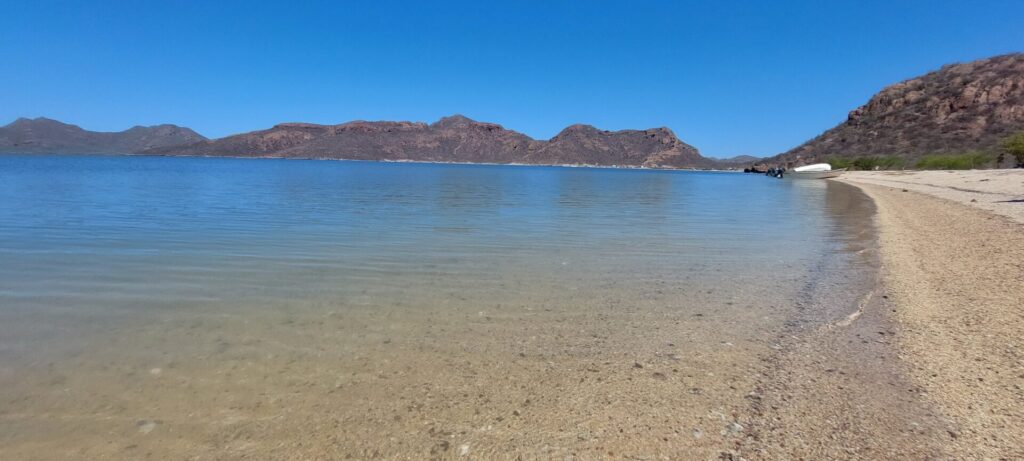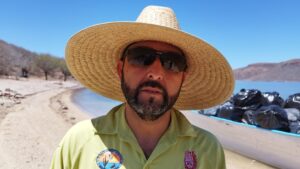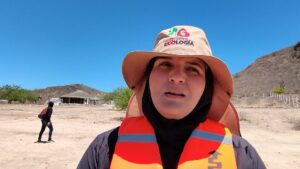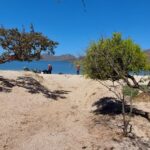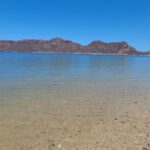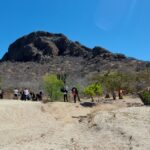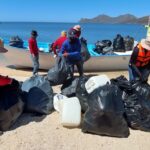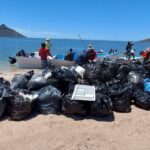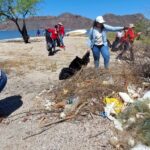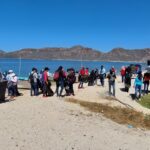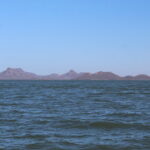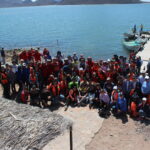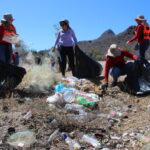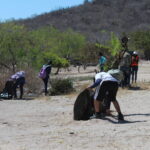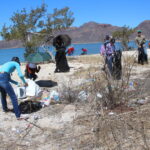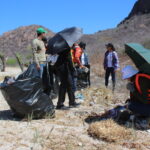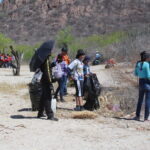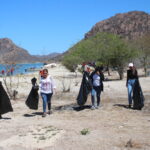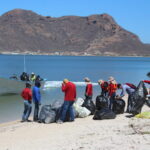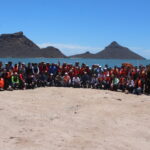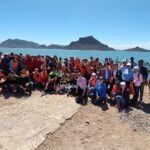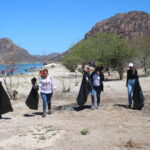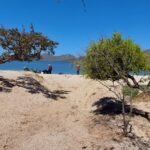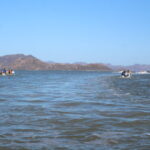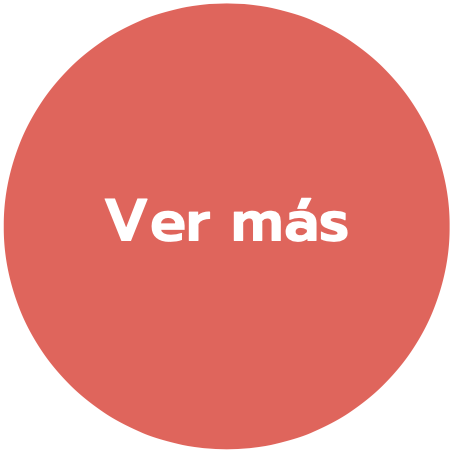In front of the Sea of Cortezfrom the center of the municipality of Guasave to the limits with Ahome is located the Navachiste BayThe lagoon system supports hundreds of families in fishing camps such as Cerro Cabezón, El Huitussi, El Caracol and El Coloradito, who live from the capture of marine species.
Because of their ecological importance, the islands and islets of Navachiste were decreed in 1978, along with more than 1,200 other sites in the Gulf of California, as reserve areas and refuges for migratory birds and wildlife.
For their natural beauty, diversity, abundance of marine and terrestrial life, and unique example of the main processes occurring in the world's oceans, on July 14, 2005 all the islands and islets in the Gulf of California were recognized as Unesco World Heritage Site.
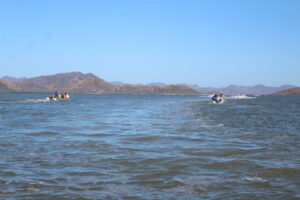
In 2008, the San Ignacio-Navachiste-Macapule lagoon system was appointed Ramsar Site. This coastal region is home to 21 endangered species and 87 species of terrestrial and halophytic plants have been recorded.
It is home to the bottlenose dolphinof the California sea lion and of the hawksbill, hawksbill and olive ridley turtlesamong many other marine species. It is also home to birds such as the cormorant, scissor frigate, heron, ospreyand so on, and important areas of mangrove which in addition to being spawning, protection and nursery areas for many marine species, also absorb and store carbon dioxide.
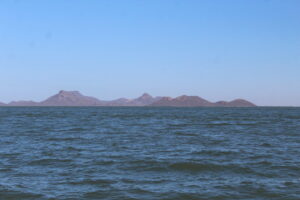
Alan Zavala Norzagarayenvironmentalist and researcher of the Interdisciplinary Center for Regional Integral Developmentof the National Polytechnic InstituteThe company emphasizes that these islands, which are part of the Gulf of California Islands Flora and Fauna Protection Area are of vital importance because of the species that can be found.
"There are numerous priority species, some of them endemic, some endangered species and the importance of taking care of them is to take care of biodiversity, landscapes," he says.
The head of the Wildlife Departmentof the CIIDIR-IPNThe park recognizes that even though these places are protected natural areas, they suffer from the impact of human beings who use them as recreational areas, but with little care.
It is difficult to maintain permanent surveillance
In Navachiste Bay there are practically virgin beaches and places that are used by people who live in the fishing camps and communities of the region.
Especially during Holy Week, sites such as La Ventana, La Pata del Toto, Cabitos, Isla de Los Chivos, El Aparecido and Isla de los Poetas receive numerous visitors who even camp for several days. Of course, they leave their mark.
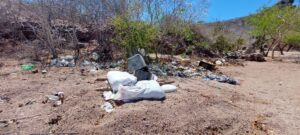
Although all of these sites are within the area decreed as a reserve zone, Zavala Norzagaray believes that it is very difficult to maintain vigilance.
"It is difficult because in the entire Gulf of California Islands Natural Protected Area there is a registry of more than a thousand islands, of which Sinaloa has more than 500, so in the state we have a great responsibility to protect these sites, but it is quite complicated to have permanent monitoring and we do what we can," he says.
Government, agencies and students embark on a mission
Precisely because of the negative impact left by visitors to these beaches and sites, last Thursday, May 4, government agencies such as the Directorate for the Protection of the Environment and Natural Resources (Dirección de Ecology and Environmental Sustainability, Municipal Sports Institute, National Commission of Natural Protected Areas (Comisión Nacional de Áreas Naturales Protegidas) (Conanp), CIIDIR-IPN, SDG Ambassadorsstudents of Cobaes, UAdeO, UAD y fishing cooperatives.
The mission was to clean the Los Chivos Island and the Toto's Paw of glass bottles, PET bottles, unicel articles and any other waste that could represent a risk to this ecosystem.
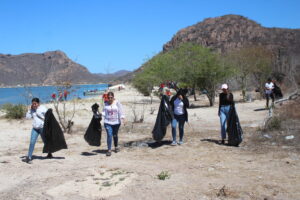
Alan Zavala points out that the problem of the plastics is that people believe that after using and disposing of it, it disappears, however, these petroleum derivatives that are thrown into the environment degrade into smaller particles that are first integrated into the beach and then reach the sea.
"Organisms that feed from the sea, fish, shrimp, consume other organisms that carry these very fine particles and it has already been shown that in many species there is already the presence of micro plastics integrated within the tissue, so we are literally eating our own garbage," he stresses.
The researcher adds that in addition to this, the waste that humans leave in these places becomes a reservoir of pests that can cause diseases, in addition to the very bad image that remains when seeing these sites of great natural beauty contaminated by man.
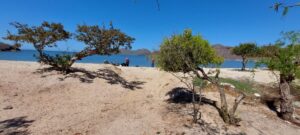
Zulma Karina GamezGuasave's Ecology Director, recognizes that it is very important to conserve these natural areas with the least possible impact because they are home to many species of flora and fauna of great importance.
"We are rich for these spaces, other states would like it, but we all have a lot of work to do to conserve them and one of the main ways is to use them responsibly, so that when they come to visit, they return with their garbage and do not leave it here," he emphasizes.
It took more than four hours during which more than 100 people went through both sites to collect the garbage and place it in plastic bags, which were then transported by boat to El Aparecidowhich is as far as a collection truck can reach. A total of two tons of waste, mainly plastic, was cleaned from both islands and there is no longer any risk of it reaching the sea.

